When purchasing a new dining table for the living room, which is one of the most pieces of furniture, it’s crucial to consider how its size will affect the space’s design and functionality. Since the dining table will be the room’s focal point, this is essential. Read on to learn how to determine the right measurements for a dining room table.
There is a lot more thought and investigation that goes into selecting the perfect dining table than meets the eye. Naturally, your home’s interior design style will dictate whether you go with a traditional, modern, Arts and Crafts, mid-century, or any other design for your table.
Choosing However, choosing the table’s proportions and shape requires careful consideration of a wide range of factors. Read on to learn how to pick a dining table that fits perfectly into your dining room and meets all your needs.
Aside from the table’s measurements, the size of the other pieces of dining room furniture should be used to establish the maximum possible table size. Measure wall to wall (or the front edge of any other furniture that will be flush against the walls) and deduct 84 inches. The maximum size table that the available area can accommodate is right here.
Why? For diners to be able to pull out their chairs and take a seat, you need to provide about 42 inches of clearance on all sides of the table from the wall or the front edge of any adjacent furniture.
It also allows people to walk freely around a diner who is seated. The great majority of unique table designs may adhere to this standard. We’ll be discussing this in further depth just a moment from now.
Dimensions of the Dining Table. Find out how many people you can comfortably sit at the table by using the maximum size as a guide. Each parking space needs around 24 inches of clearance.
A dinner dish and its utensils will fit on a table of this width. More than that, there is sufficient space for most dining chairs and yet provides some wiggle room for guests.
So, a six-foot table could theoretically accommodate eight people, with three on each side and one on each end. But the “theory” depends on how the table legs are set up.
It is possible to avoid the awkward “leg straddle” by strategically positioning the table legs. Think about what this means. The hypothesis is accurate because the legs are positioned to touch the four corners of the table. Those legs can’t be tucked in any farther, or you’ll have to give up one of your place settings on either side.
What Are the Ideal Dimensions for a Dining Table?
Even though the table’s height is a major factor, its width and length are also important considerations. These factors affect the atmosphere of your dining area and your dining experience.
Most dining tables are 29 to 30 inches in height. The ideal height for this is achieved using a dining chair, as its seat is typically 17–18 inches off the floor. One other crucial element may be found in the interplay between the table and the chairs. The table’s stretcher or apron takes up that much room.
They’re the horizontal pieces that join the legs at the top to form the table’s base. Table aprons shouldn’t be any wider than four inches at most. Every inch of available floor space beneath the apron is used for storage instead of offering comfortable legroom.
Size Requirements for the Dining Area
Knowing the width and length of your dining room is important before making any purchases since they determine how easily guests can walk about the area.
If you want your guests to be comfortable moving around the table, leave at least 36″ to 48″ of clearance. You should also provide at least 48 inches of clearance between the table’s edge and the entryway.
The shape of the table is why rectangular tables predominate in dining rooms. Since a rectangle makes the most use of available floor area, it is the shape most commonly seen in dining rooms.
Most people can sit around a rectangular table of an appropriate size. Space-saving square and round tables are ideal, although they often only seat a few diners (generally between four and six). Everyone at these smaller tables can easily make eye contact, contributing to a cozier atmosphere.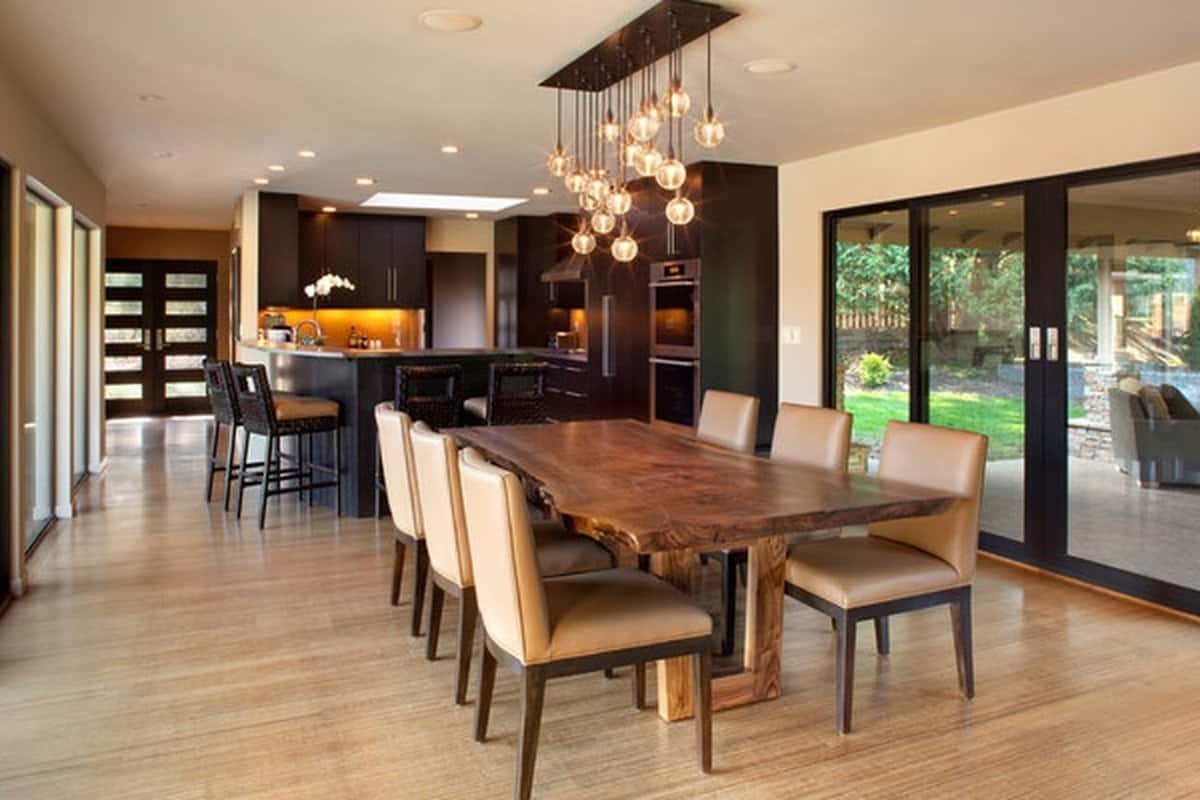
Legs on a round table reduce the number of people who may sit at the table by one-third compared to a round table supported on a pedestal. Due to the distance between the legs, there is a limitation on the number of place settings that may be used.
Don’t be fooled into thinking the 24″ per place rule applies around a circular table; that number quickly gets smaller, leaving no room for legs. Finally, the 24 inches per position guideline is not something you can assume.
One of the most fundamental activities in human social life is sharing a meal with others around a table. Your dining experience will improve when the table is built with your comfort and convenience in mind. By following our advice, you’ll be able to choose wisely and enjoy your table for years to come.
Take a look at what we should offer at dining room tables. Customers can customize the dimensions to their needs by submitting request.
Steve Shanesy contributes as guest author.
Steve has been employed in the woodworking industry for almost three decades. He spent twenty years of his working life as Editor and Publisher of Popular Woodworking Magazine. Countless articles on woodworking and cabinetmaking have been written or edited by him.
When purchasing a new dining room table, consider how its size will affect the space’s design and functionality. The style of your home’s interior design will dictate whether you go with a traditional, modern, Arts and Crafts, mid-century, or any other design for your table.
Find out how many people you can comfortably sit at the table by using the maximum size as a guide. The “theory” depends on how the table legs are set up. Most dining tables are 29 to 30 inches in height.
The ideal height is achieved using a dining chair, whose seat is typically 17–18 inches off the floor. It is possible to avoid the awkward “leg straddle” by strategically positioning the table legs.
These factors affect the atmosphere of your dining area and your dining experience. Size Requirements for the Dining Area: Knowing the width and length of your room is important.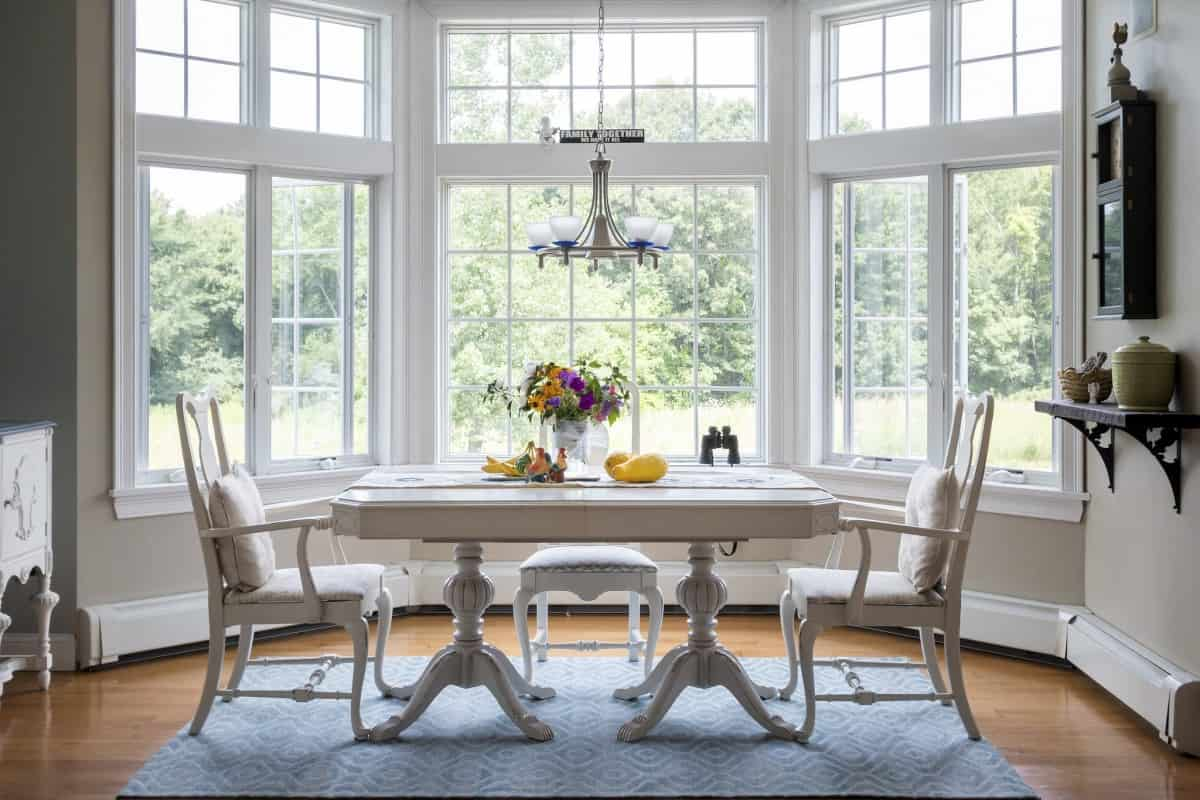
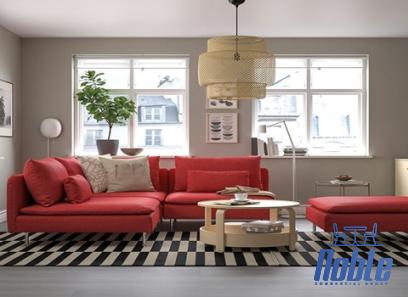

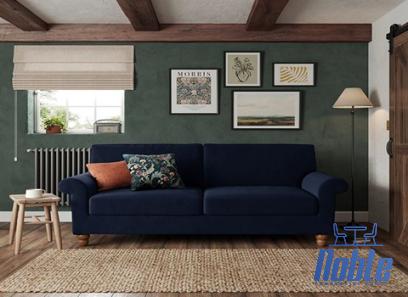
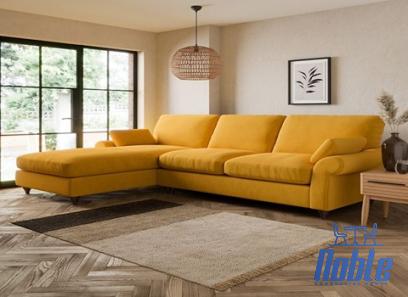

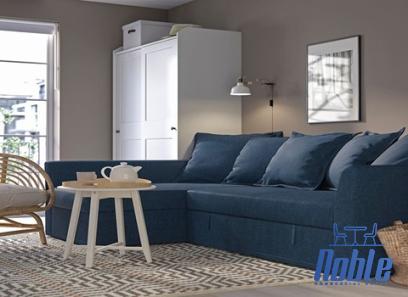
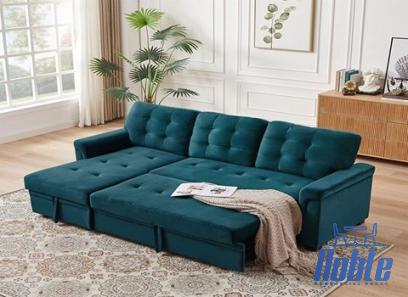
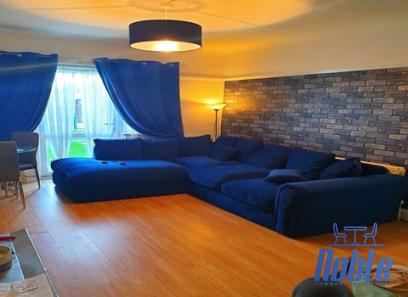
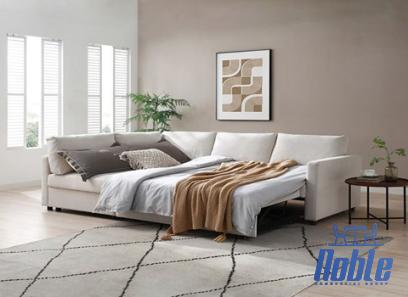
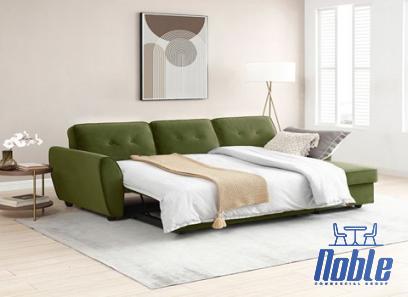
Your comment submitted.